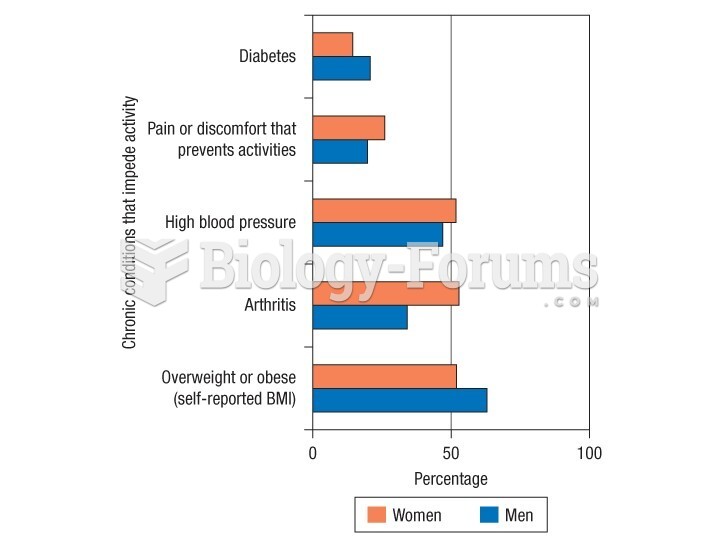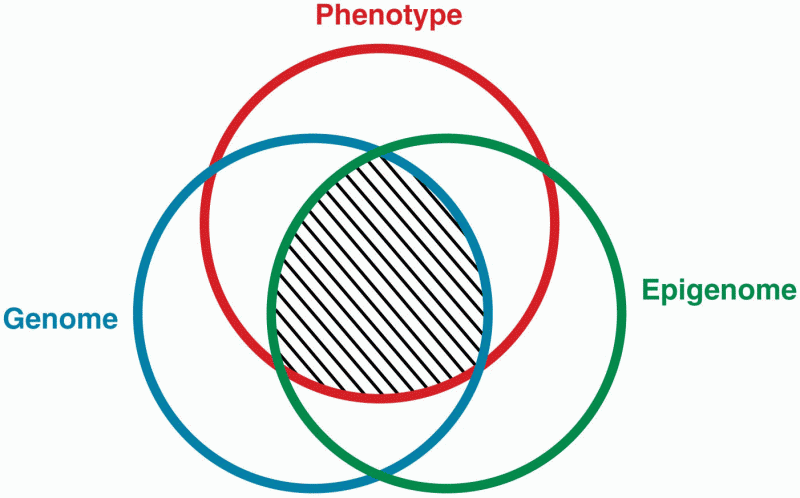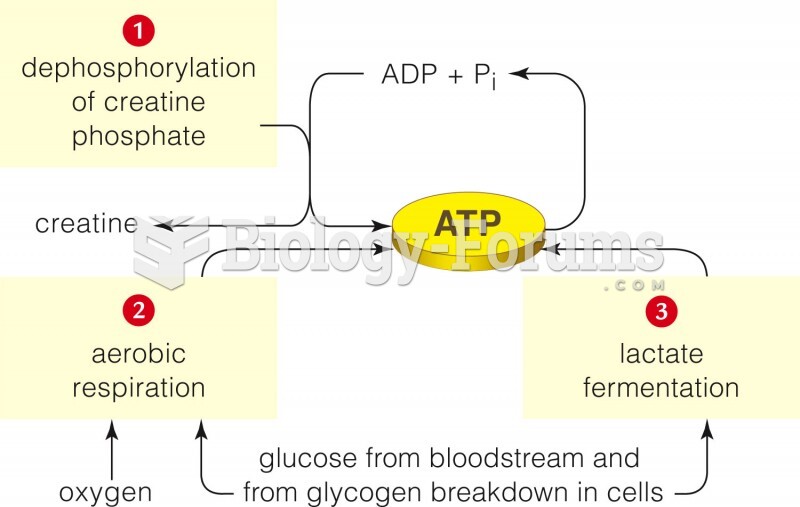The product shown can be synthesized by two different pathways as shown by the reaction conditions. Draw the structure of starting materials that should be placed in each of the boxes.

Question 2Which of the following would represent the correct reaction conditions for the following conversion?

a.
1) KMnO
4, 2) LiAlH
4 b.
1) Mg, ether, 2) CO
2, 3) LiAlH
4 c.
1) NaOH, H
2O, 2) LiAlH
4 d.
1) SOCl
2, benzene, 2) LiAlH
4 e.
either b or c
Question 3Instructions: Carboxylic acids are synthesized from alkyl halides via Grignard reagent carboxylation or nitrile hydrolysis. Choose the best method for affecting each of the following conversions. Explain each of your choices. If neither method is appropriate, explain.
Complete the following reaction sequence with the missing major organic products.

Question 4Instructions: Carboxylic acids are synthesized from alkyl halides via Grignard reagent carboxylation or nitrile hydrolysis. Choose the best method for affecting each of the following conversions. Explain each of your choices. If neither method is appropriate, explain.
Choose best method:

Question 5Instructions: Carboxylic acids are synthesized from alkyl halides via Grignard reagent carboxylation or nitrile hydrolysis. Choose the best method for affecting each of the following conversions. Explain each of your choices. If neither method is appropriate, explain.
Choose best method:

Question 6Instructions: Give the major organic product(s) for each of the following reactions or sequences of reactions. Show all relevant stereochemistry.
Refer to instructions and answer the following questions.
a)
Give major product(s):

b)
Draw the structure of the intermediate product(s) that form(s).
Question 7Instructions: Give the major organic product(s) for each of the following reactions or sequences of reactions. Show all relevant stereochemistry.
Give major product(s):

Question 8Instructions: Give the major organic product(s) for each of the following reactions or sequences of reactions. Show all relevant stereochemistry.
Give major product(s):

Question 9Instructions: Give the major organic product(s) for each of the following reactions or sequences of reactions. Show all relevant stereochemistry.
Give major product(s):








